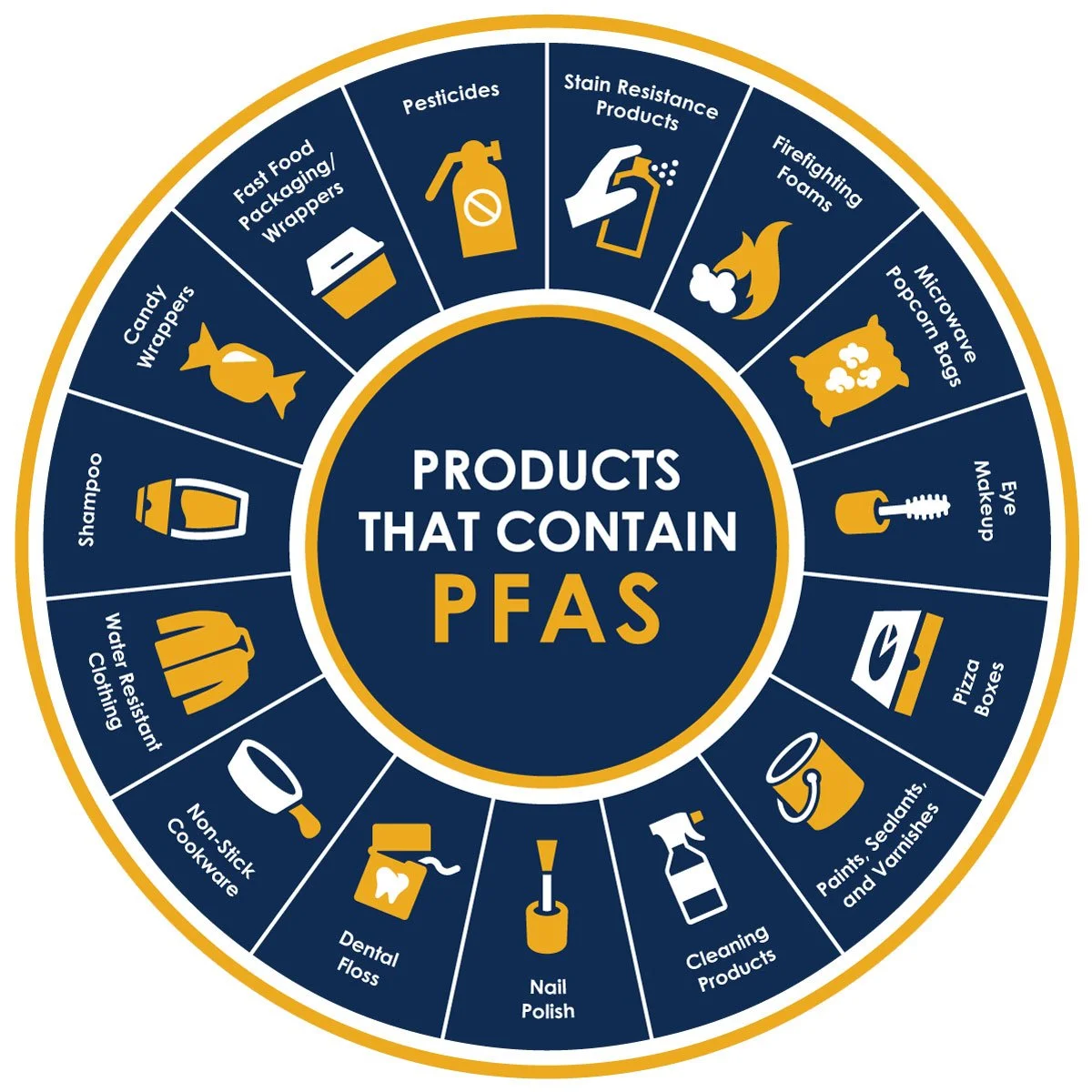MARK RUFFALO: It's basically what they call forever chemicals. They’re long chain fluorocarbons designed to withstand any kind of breakdown. TAMARA KHANDAKER: That's actor and activist Mark Ruffalo talking about PFAS chemicals, also known as forever chemicals. They've been around since the 1940s and used in everything from non-stick pans to takeout containers to cosmetics and fire retardant. But flash forward to today, and the long lasting manmade chemicals have been found inside Canadian blood samples brought in through the air and dust we breathe and even in our drinking water.
US to limit PFAS 'forever chemicals' in drinking water
The US government has proposed its first-ever restrictions on six harmful chemicals found in drinking water. Research has suggested over 200 million Americans likely drink water contaminated with PFAS chemicals, which have been linked to a host of health issues, including cancer. But up until now, the pollutants have only been regulated by some US states. The US on Tuesday issued a rule that would require communities to test and treat water for six of the chemicals.
Latest sampling around CFD Mountainview shows PFAS and benzene remain
The Department of National Defence continues to investigate the discovery of harmful chemicals in the area of CFD Mountainview in Prince Edward County. The DND has been working since spring of 2021 to address the issue after per- and polyfluoroalkylated substances (PFAS) and benzene were discovered near the landfill at the detachment. The PFAS on the property are thought to mostly be related to the past use of firefighting foams for training while the benzene may be the result of past fuel use storage practices.
The movement to address environmental racism is growing. This bill could provide the data it needs
Activists say Aamjiwnaang is one of many examples in Canada of environmental racism, which is defined as the disproportionate exposure that Indigenous, Black and other racialized communities have to environmental hazards. "I didn't actually hear the term environmental racism until about 15 years ago — it wasn't until I was able to connect with other First Nations people across Canada to see what they were experiencing," said Nahmabin. "Now I realize that absolutely, this applies to here."





